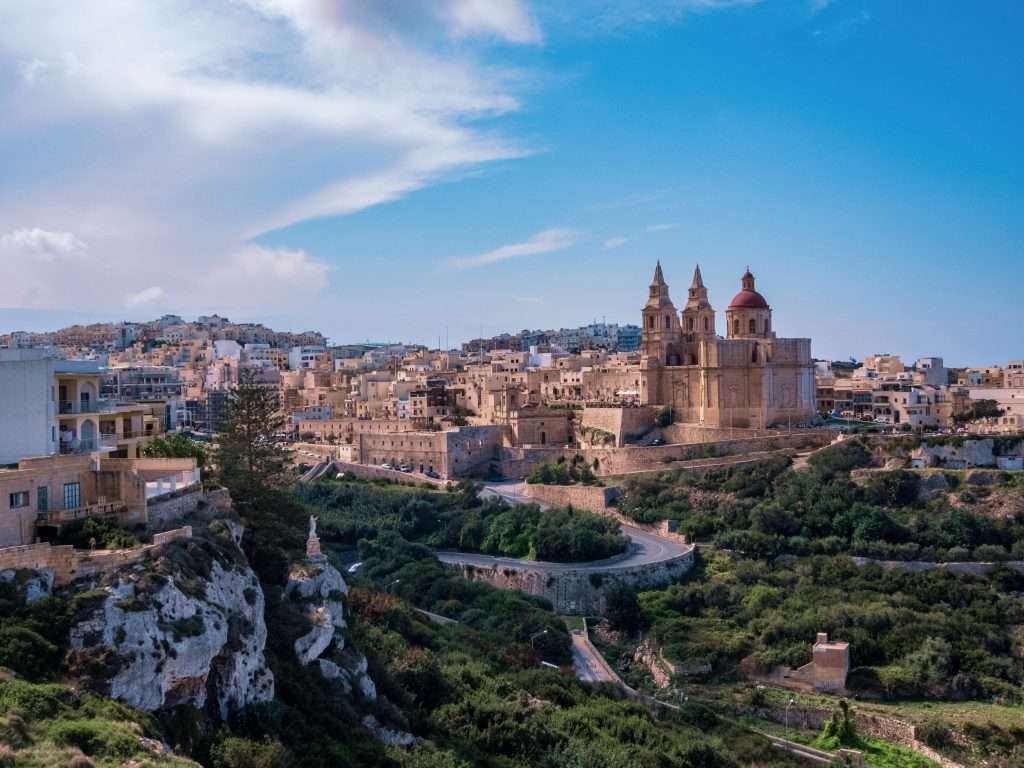Top 10 Smallest Countries in the World: Little Lands, Big Impact
Quick Answer
The top 10 smallest countries range from Vatican City (0.17 sq mi) to Malta (122 sq mi), each packing a surprising punch on the global stage.
Top 10 Smallest Countries in the World
- Vatican City
- Monaco
- Nauru
- Tuvalu
- San Marino
- Liechtenstein
- Marshall Islands
- Saint Kitts & Nevis
- Maldives
- Malta
Country Profiles & Key Facts
Vatican City

Area: 0.17 sq mi (0.44 km²) • Population: 882 (2025) • Government: Theocratic elective monarchy
Enclave within Rome, spiritual center of the Catholic Church. Founded by the Lateran Treaty (1929), home to St. Peter’s Basilica and the Sistine Chapel.
Monaco

Area: 0.78 sq mi (2.02 km²) • Population: 38,400 • Government: Constitutional monarchy
Luxury hub on the French Riviera, ruled by the Grimaldi family since 1297. Famous for Monte Carlo Casino, Grand Prix street circuit, and tax-friendly regime.
Nauru

Area: 8 sq mi (21 km²) • Population: 10,000 • Government: Parliamentary republic
Pacific phosphate island turned financial center. Gained independence in 1968; now focuses on sustainable development after phosphate depletion.
Tuvalu

Area: 10 sq mi (26 km²) • Population: 11,200 • Government: Parliamentary monarchy
Nine coral atolls vulnerable to sea-level rise. Culture anchored in communal decision-making (falekaupule) and traditional Polynesian-Micronesian customs.
San Marino

Area: 24 sq mi (61 km²) • Population: 34,200 • Government: Parliamentary republic
World’s oldest republic (since AD 301). Perched on Mount Titano, UNESCO-listed historic center with three medieval towers and annual Medieval Days festival.
Liechtenstein

Area: 62 sq mi (160 km²) • Population: 40,000 • Government: Constitutional monarchy
Alpine microstate linked to Switzerland. High GDP per capita, low corporate taxes, outdoor recreation in the Alps, and cultural hub in Vaduz.
Marshall Islands

Area: 70 sq mi (181 km²) • Population: 59,000 • Government: Parliamentary republic
Over 1,100 islands in the Pacific; independent in 1986 under the US Compact. Faces climate threats and legacy of nuclear testing.
Saint Kitts & Nevis

Area: 104 sq mi (269 km²) • Population: 52,900 • Government: Federal parliamentary monarchy
Caribbean twin-island federation. Colonial heritage, vibrant Creole culture, Brimstone Hill UNESCO site, and Citizenship by Investment program.
Maldives

Area: 115 sq mi (298 km²) • Population: 550,000 • Government: Presidential republic
Chain of 26 atolls threatened by sea-level rise. Luxury tourism hotspot, world-class diving, and blend of South Asian, African, and Arab cultural influences.
Malta

Area: 122 sq mi (316 km²) • Population: 516,000 • Government: Parliamentary republic
Mediterranean archipelago with Phoenician to British heritage. UNESCO sites in Valletta, Megalithic Temples, and a thriving arts and festival scene.
What Did We Learn Today?
- These top 10 smallest nations span just 0.17–122 sq mi, yet each holds unique global importance.
- Political systems range from theocratic monarchy (Vatican) to parliamentary republics (Tuvalu, Malta).
- Environmental and cultural challenges—climate change in Tuvalu/Maldives, heritage in San Marino/Malta—define their resilience.
- Niche economies (tourism, finance, phosphate) sustain these microstates.
- Size doesn’t limit influence: these countries remind us that every nation, no matter how small, makes a big impact.

